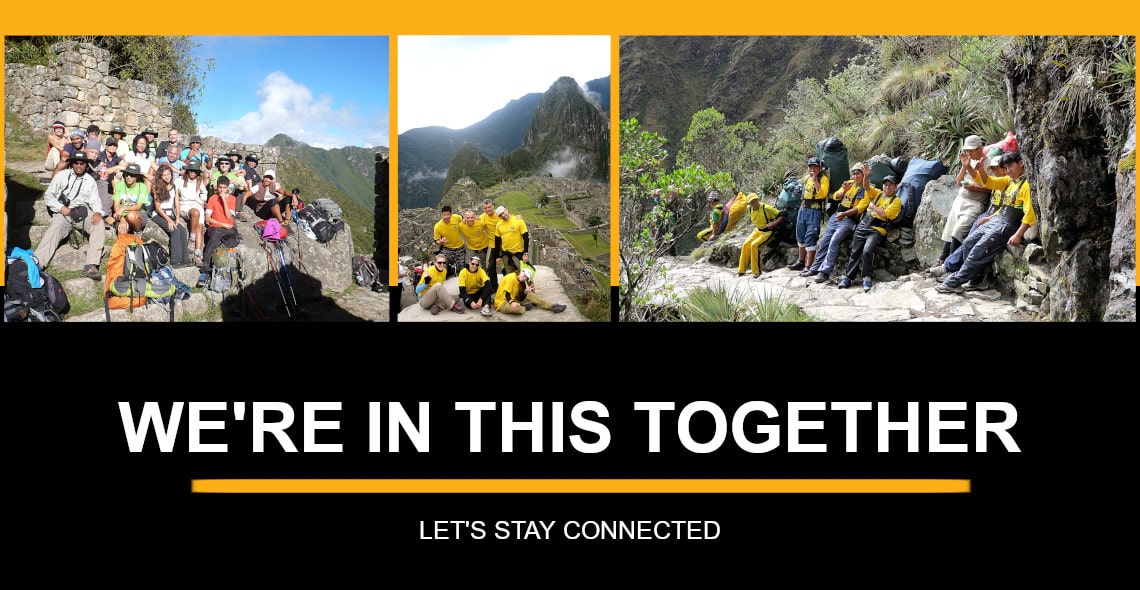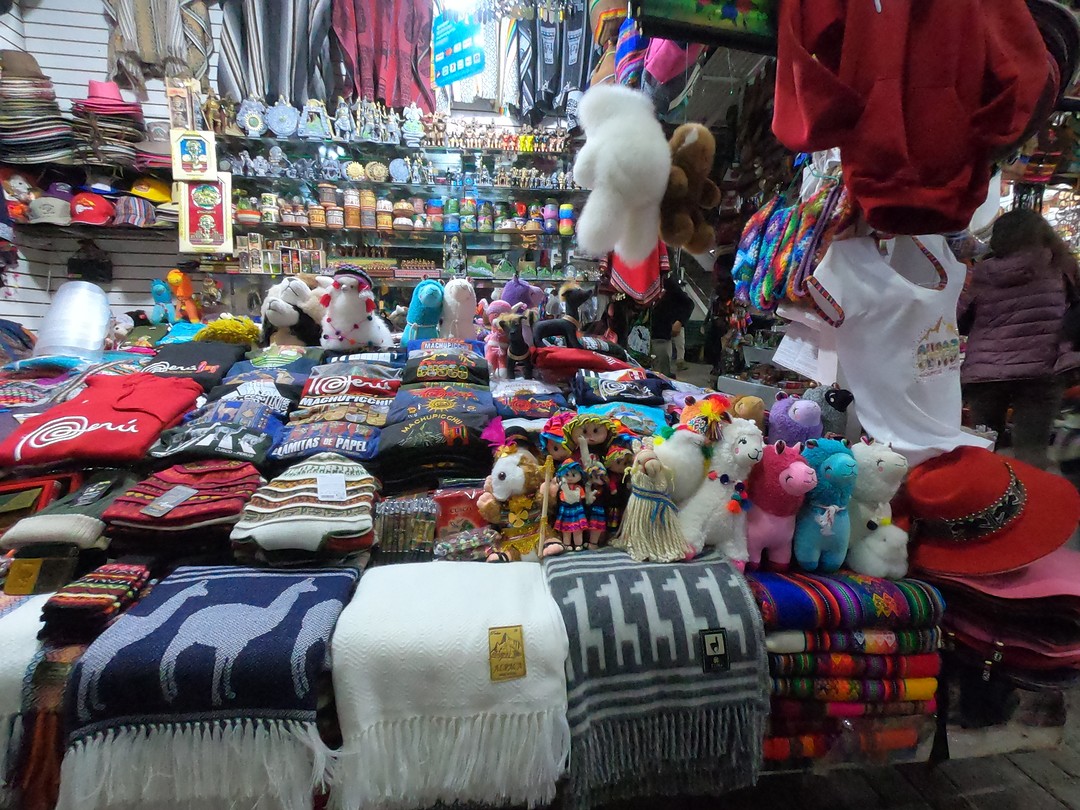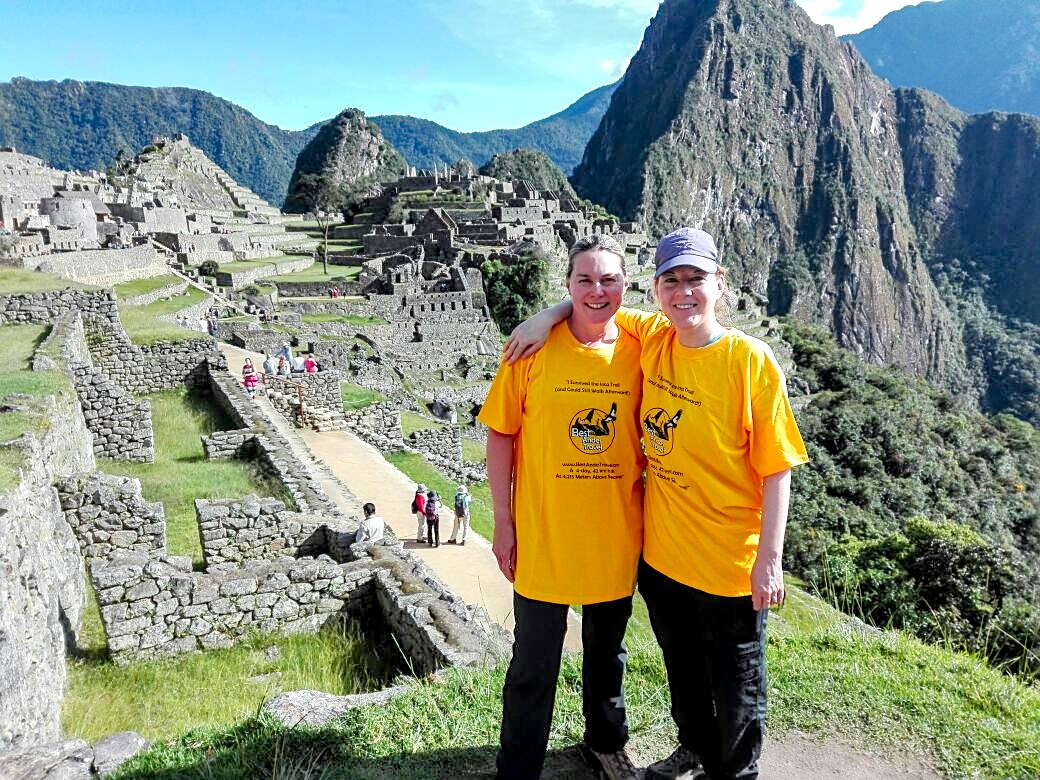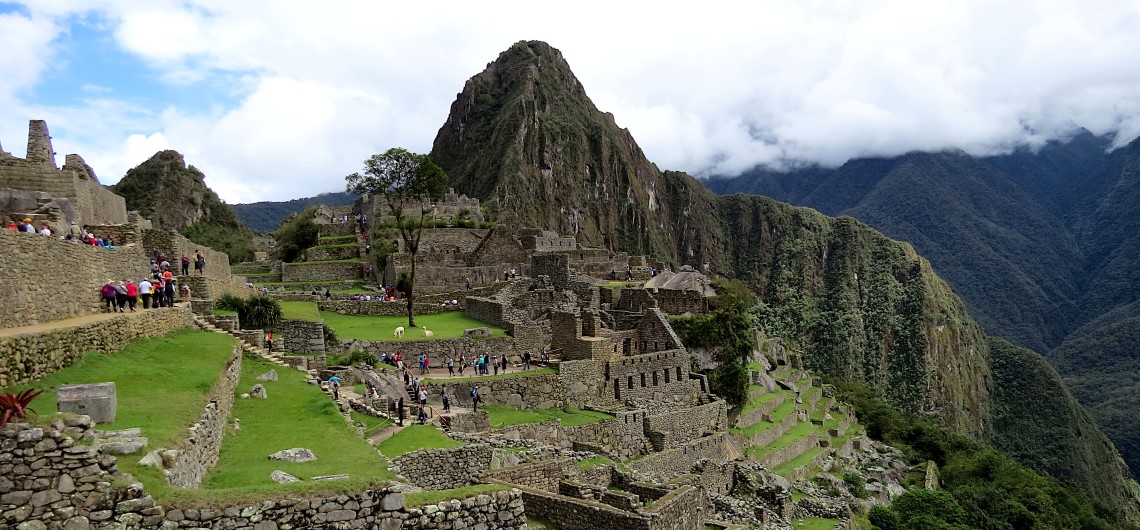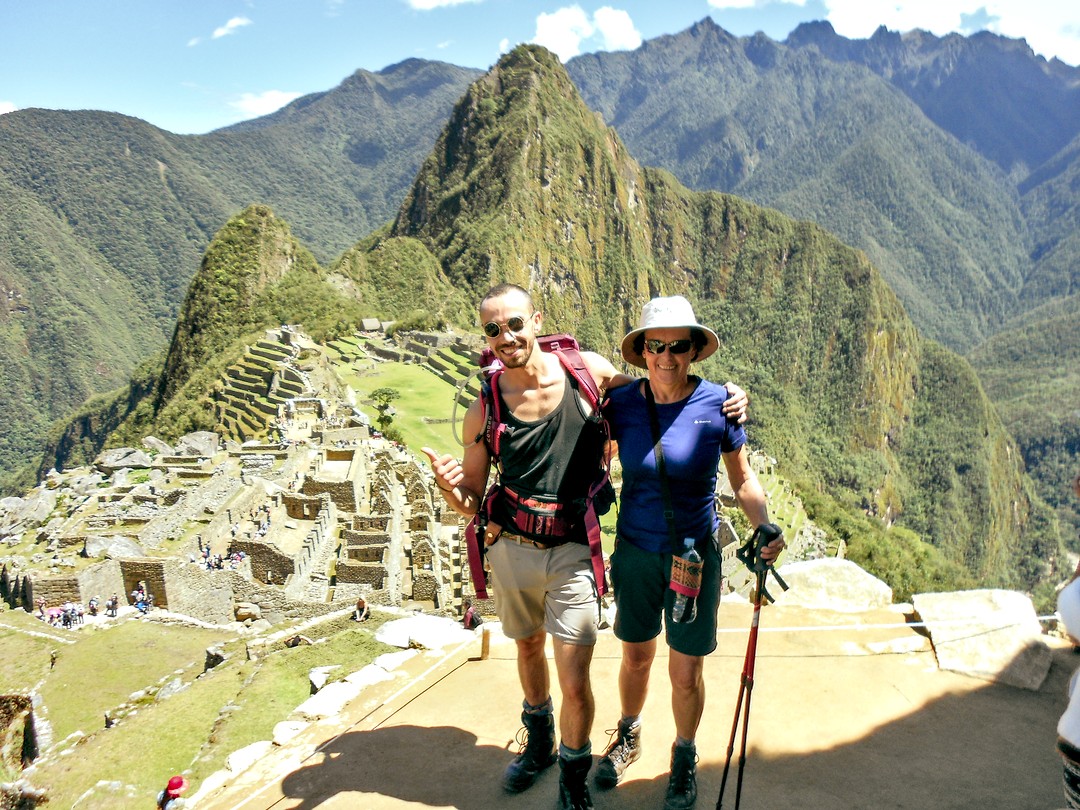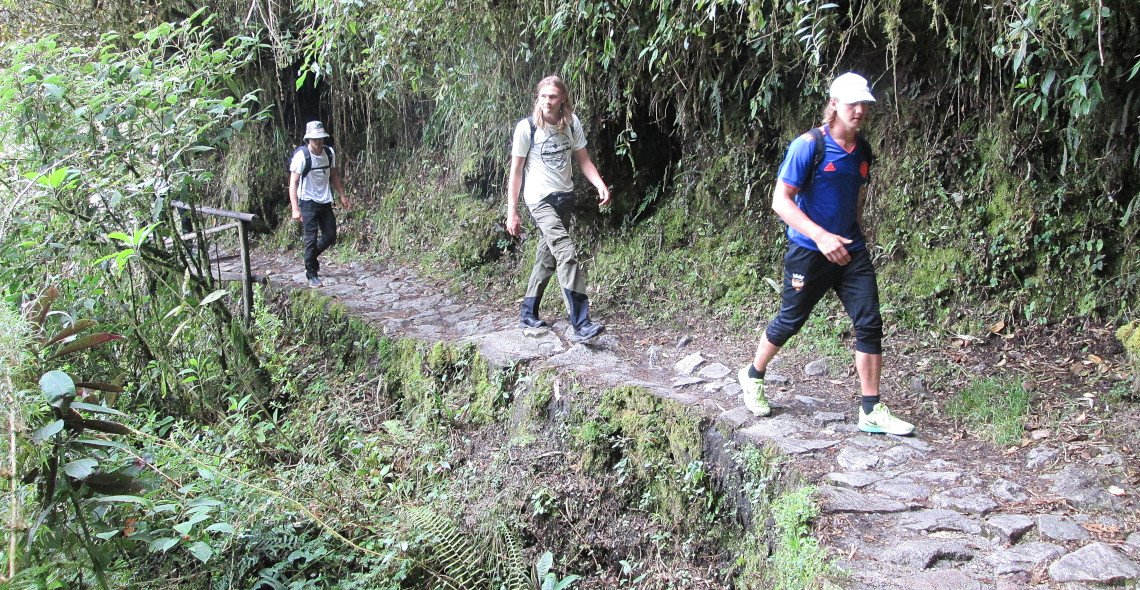Introduction
The Inca Empire achieved something extraordinary. Without using money or modern technology, they constructed:
- Thousands of miles of roads
- Massive stone cities like Machu Picchu
- Sophisticated agricultural terraces
Their secret? The mita system—an ingenious labor organization that fueled their civilizatio
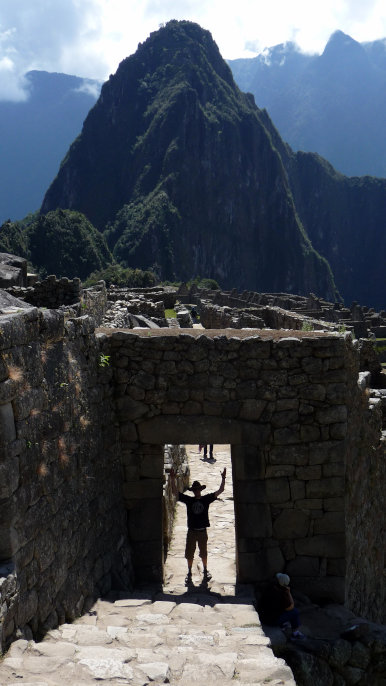
Understanding the Mita System
This wasn’t slavery, but rather:
- A rotational labor tax
- A community-based obligation
- A system that benefited both workers and the empire
A System Changed and Abused
While effective under Inca rule, the Spanish later:
- Twisted it into a tool of exploitation
- Forced indigenous people into deadly mines
- Destroyed its original fair balance
1. What Was the Mita System?
1.1 Definition of the Mita System
The mita system was a sophisticated labor tax that formed the economic and social foundation of the Inca Empire. Unlike slavery, this system required communities (organized into ayllus, or clans) to contribute workers in rotating shifts for state projects. The term mita comes from the Quechua word mit’a, meaning “a turn” or “seasonal labor,” reflecting its cyclical nature.
1. Rotational Labor – Each household provided workers for a set period (often a few months per year), ensuring no single group was overburdened.
2. No Wages, But Support – Laborers were not paid in currency but received food, housing, and goods from state warehouses.
3. Diverse Work Assignments – The **mita system** covered farming, construction, mining, and military service, adapting to the empire’s needs.
– Community-Based Solutions – The Inca model shows how shared labor can sustain large-scale projects without monetary payment. Modern cooperatives (like *mink’a* in the Andes) still use this principle.
– Fair Distribution of Work – By rotating labor, the Incas prevented exploitation—a lesson for modern workforce management.
– Government Accountability – The state provided resources in exchange for labor, ensuring reciprocity. Today, ethical labor policies should balance contributions and benefits.
Understanding the mita system helps us appreciate how the Incas built an empire without money or modern machinery. For history buffs and policymakers alike, its principles of organized labor, fairness, and state support remain relevant today.
1.2 Historical Roots of the Mita System**
The mita system did not emerge in isolation—it was deeply rooted in Andean traditions that predated the Inca Empire. Long before the Incas rose to power, indigenous communities across the Andes practiced forms of communal labor to sustain agriculture, build infrastructure, and strengthen social bonds. The Incas refined these traditions into a highly organized state mechanism, transforming local customs into an empire-wide labor system.
Pre-Inca Origins
1. Ayni & Mink’a – Early Andean societies relied on reciprocal labor systems like ayni (direct exchange between families) and mink’a (community projects for shared benefit). These traditions emphasized collective responsibility, a core principle later adopted into the mita system.
2. Wari & Tiwanaku Influence – Earlier empires (Wari, 600–1000 AD; Tiwanaku, 500–1000 AD) used labor taxes for terraced farming and road networks, setting a precedent for the Inca model.
Inca Adaptations
The Incas expanded these systems by:
– Standardizing Labor Obligations – Introducing rotational quotas to ensure fairness.
– Linking Labor to State Projects – Using the mita system to build roads (like the Qhapaq Ñan), temples, and agricultural terraces.
– Integrating Religion & Duty – Framing work as both a civic and spiritual obligation to the Sapa Inca (emperor) and sun god Inti.
Actionable Insights for Today
– Preserve Cultural Labor Traditions – Andean communities still practice *mink’a* for public works. Supporting such initiatives helps sustain indigenous heritage.
– Balance State & Community Needs – The Incas succeeded by aligning labor with public goods—modern governments can learn from this approach.
– Avoid Exploitation – The Spanish later twisted the **mita system** into forced labor. Ethical labor policies must prioritize consent and fair compensation.
Understanding these roots reveals how the mita system was more than an economic tool—it was a cultural institution. Want to explore further? Compare it to other historic labor systems, like feudalism or corvée labor, to see how societies organize work.
—
2. The Purpose of the Mita System in the Inca Empire
2.1 Economic & Infrastructure Development
Economic & Infrastructure Development: The Power of the Mita System
The mita system was the driving force behind the Inca Empire’s remarkable economic growth and architectural achievements. By mobilizing labor efficiently, the Incas constructed vast infrastructure networks that connected their mountainous empire and supported its prosperity.
Key Contributions of the Mita System
1. Roads & Transportation – The Incas built over 25,000 miles of roads, including the famous Qhapaq Ñan, enabling rapid communication and troop movement.
2. Agricultural Innovation – Mita laborers constructed terraces like those at Moray and Machu Picchu, boosting crop yields in rugged terrain.
3. Public Works – The system funded temples, storehouses (qollqas), and irrigation systems, ensuring stability across the empire.
Actionable Insights for Modern Economies
– Invest in Sustainable Infrastructure – Like the Incas, prioritize long-term projects that benefit communities (e.g., green energy, resilient roads).
– Leverage Collective Labor – The mita system shows how organized communal efforts can achieve large-scale development—applicable to modern cooperatives.
– Balance Growth & Welfare – The Incas provided for workers in exchange for labor; today, fair wages and worker protections remain essential.
The mita system proves that strategic labor management can build enduring economies. Want to apply these lessons? Support infrastructure policies that combine innovation with equity.
2.2 Military & Administrative Control
Military & Administrative Control: The Strategic Role of the Mita System
The mita system was not just an economic tool—it was a cornerstone of the Inca Empire’s military dominance and bureaucratic efficiency. By requiring rotational labor service, the Incas maintained a disciplined army, strengthened political control, and integrated diverse regions into a unified state.
How the Mita System Supported Imperial Rule
1. Military Mobilization – The **mita system** provided a steady stream of conscripts for the Inca army, ensuring quick responses to rebellions or external threats.
2. Administrative Integration – Conquered regions were incorporated through labor obligations, binding them to the empire’s needs while allowing local leaders (*curacas*) to manage contributions.
3. Loyalty Through Labor – By rotating service across regions, the Incas prevented localized dissent and fostered collective responsibility to the state.
Actionable Insights for Modern Governance
– Decentralized Control – Like the Incas, modern administrations can balance central authority with regional autonomy to maintain stability.
– Civic Duty Frameworks – The **mita system** highlights how shared service (e.g., mandatory civil or military programs) can build national cohesion.
– Prevent Exploitation – While effective, the system’s Spanish corruption shows the dangers of coercive labor—ethical policies must prioritize consent and fair compensation.
The mita system demonstrates how organized labor can shape both defense and governance. Want to dig deeper? Compare it to modern conscription or public service models to see how societies balance duty and rights.
2.3 Social & Religious Functions
Social & Religious Functions: The Sacred Bonds of the Mita System
The mita system was more than an economic engine—it was a sacred social contract that reinforced community ties and spiritual devotion across the Inca Empire. By intertwining labor with religious duty, the Incas transformed work into an act of worship and collective identity.
How the Mita System Strengthened Society
1. Communal Unity – Rotating labor fostered interdependence, as *ayllus* (kin groups) worked together on projects like temple maintenance or festival preparations.
2. Religious Duty – Mita service honored the sun god *Inti* and the *Sapa Inca*, believed to be divine. Building temples or farming sacred lands was both a civic and spiritual obligation.
3. Status & Reciprocity – Contributing labor brought prestige, while the state provided feasts and goods during work periods—a balance of giving and receiving.
Actionable Insights for Modern Communities
– Revive Collective Rituals – Like the Incas, modern groups can strengthen bonds through shared projects (e.g., neighborhood clean-ups or cultural festivals).
– Align Work with Purpose – The **mita system** shows how framing labor as meaningful (e.g., “service for a cause”) boosts participation and morale.
– Celebrate Contributions Publicly – The Incas honored workers; today, recognizing volunteers or employees reinforces positive behavior.
The mita system reminds us that labor thrives when it connects people to each other and higher ideals. Want to apply this wisdom? Integrate community values into local initiatives, making work a source of pride rather than just obligation.
For deeper reflection: How might schools or workplaces incorporate sacred or communal elements into daily tasks?
—
3. How Did the Mita System Work?
How Did the Mita System Work? The Inca’s Ingenious Labor Engine
The mita system operated like a well-oiled machine, meticulously organizing labor across the Inca Empire’s vast territories. Unlike forced slavery, it functioned as a rotational civic duty, blending obligation with communal benefit. Here’s how it worked in practice:
Mechanics of the Mita System
1. Rotational Labor Drafts
– Each ayllu (community) sent roughly 1/7 of its able-bodied adults annually to work for the state.
– Service periods lasted 2–3 months, ensuring no family lost all productive labor.
2. Diverse Labor Assignments
– Construction: Workers built roads, bridges (like rope bridges over canyons), and monuments.
– Agriculture: Cultivated state-owned lands to stock qollqas (storehouses) for famine relief.
– Military: Drafted men served as soldiers or porters during campaigns.
3. Quipu-Based Accountability
– Inca administrators used quipus (knotted cords) to track labor quotas and goods owed.
Actionable Insights for Modern Systems
– Flexible Workforce Models – Adopt rotational or gig-based labor to prevent burnout (e.g., job-sharing in demanding industries).
– Transparent Tracking – Like quipus, use digital tools to log contributions fairly (e.g., time-tracking apps for remote teams).
– Reciprocal Benefits – The Incas fed/clothed workers during service; modern employers can offer meals, transit passes, or childcare.
The mita system thrived by balancing duty with support—a lesson for today’s workplaces. Want to adapt this model? Pilot a “community service rotation” in local organizations to test shared labor principles.
*Food for thought: Could a modern “mita” system solve labor shortages in public projects?*
4. The Spanish Adaptation & Exploitation of the Mita System
The Spanish Adaptation & Exploitation of the Mita System: From Duty to Oppression
The Spanish conquest of the Inca Empire warped the mita system into a brutal tool of colonial exploitation. While the Incas had designed it as a reciprocal labor model, the Spanish transformed it into a deadly regime that fueled silver mines and enriched the crown at the cost of Andean lives.
How the Spanish Corrupted the Mita System
1. Forced Mining Labor
– The Spanish mandated mita drafts for the Potosí silver mines, where workers faced lethal conditions—toxic dust, cave-ins, and 12-hour shifts.
– Mortality soared; some estimates suggest 8 million deaths over 200 years of colonial mita.
2. Broken Reciprocity
– Unlike the Inca system, the Spanish offered no fair compensation—just meager wages swallowed by taxes and tribute.
– Communities were drained of workers, causing agricultural collapse and famines.
3. Legalized Exploitation
– The 1573 Mita Ordinances extended service terms to 4–6 months yearly, far beyond Inca norms.
– Indigenous elites (curacas) were coerced into enforcing quotas, fracturing local trust.
Actionable Lessons for Ethical Labor
– Guard Against Exploitation – The mita system’s distortion warns how benevolent systems can be weaponized. Modern labor laws must prioritize worker safety and consent.
– Decentralize Power – The Spanish concentrated control; diversify decision-making to prevent abuse (e.g., worker cooperatives).
– Honor Historical Trauma – Andean communities still bear scars. Support indigenous-led economic justice initiatives today.
The colonial **mita system** is a stark reminder: systems designed for collective good can become tools of oppression without oversight. **Want to act?** Advocate for fair-trade mining reforms or ethical supply chains to prevent modern parallels.
Reflection: How can we recognize and dismantle exploitative labor systems in our own times?
—
5. Legacy of the Mita System
Legacy of the Mita System: Echoes from the Inca Empire to Today
Though the mita system officially ended centuries ago, its legacy persists across the Andes—both as a cautionary tale of exploitation and a testament to communal resilience. Its dual history under the Incas and Spanish offers enduring lessons about labor, power, and cultural survival.
Lasting Cultural & Economic Impacts
1. Survival of Communal Labor
– Traditional *mink’a* (reciprocal work parties) still thrive in Andean villages, preserving the **mita system’s** cooperative spirit for farming and construction.
2. Scars of Colonial Exploitation
– Regions subjected to Spanish mita, like Potosí, remain among South America’s poorest—a reminder of extractive labor’s long-term harm.
3. Symbol of Indigenous Resistance
– The 18th-century rebellions against mita (e.g., Túpac Amaru II) inspired later movements for indigenous rights and labor justice.
Actionable Insights for a Fairer Future
– Revitalize Cooperative Economics – Support modern mink’a-inspired projects, like community land trusts or worker co-ops, to empower marginalized groups.
– Learn from History – The mita system’s evolution warns against centralized labor control. Advocate for decentralized, democratic workplaces.
– Honor Indigenous Knowledge – Andean communities still practice sustainable land management rooted in mita-era terracing. Partner with them to combat climate change.
The mita system’s legacy is a paradox: it built an empire, fueled colonialism, yet also nurtured traditions of mutual aid. Want to engage? Research how ancestral labor models (like mita or *mink’a*) are being revived in social enterprises today.
Reflection: How can we honor communal labor traditions while guarding against their misuse?
Conclusion
– Recap: The mita system was crucial for the Inca Empire’s success but twisted under Spanish rule.
– Thought-provoking question: “Was it an efficient labor model or a tool of control?”
“What other ancient systems intrigue you? Comment below!”
—

